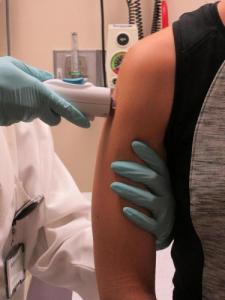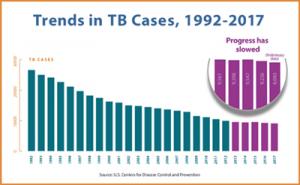NIH-funded study shows sorafenib improves progression-free survival for patients with rare sarcomas
Interim results from a randomized clinical trial for patients with desmoid tumors or aggressive fibromatosis (DT/DF) show that the drug sorafenib tosylate (Nexavar) extended progression-free survival compared with a placebo. Progression-free survival...
Atypical brain development observed in preschoolers with ADHD symptoms
Children as young as 4 years old with symptoms of attention deficit hyperactivity disorder (ADHD) may have significant differences in brain structure, compared to children without such symptoms, according to researchers funded by the National...
Diuretic therapy for extremely preterm infants does not alleviate respiratory problems
Diuretic therapy — commonly given to extremely preterm infants to help them overcome respiratory problems — appears to offer no benefit for this purpose, according to an analysis by researchers at the National Institutes of Health. Surprisingly,...
NIH Statement on World Tuberculosis Day 2018
In the 130 years since the discovery of Mycobacterium tuberculosis (Mtb) — the bacterium that causes tuberculosis (TB) — at least 1 billion people have died from TB. That death toll is greater than the combined number of deaths from malaria, smallpox...
NIH scientists say advanced vaccines could limit future outbreaks

A healthy volunteer receives the NIAID Zika virus investigational DNA vaccine as part of an early-...
World TB Day
Trends in TB Cases, 1992-2017

A total of 9,093 TB cases were reported in the United States in 2017...
High Blood Pressure and High Cholesterol Associated with Noisy Jobs
Immune cells in the retina can spontaneously regenerate
Immune cells called microglia can completely repopulate themselves in the retina after being nearly eliminated, according to a new study in mice from scientists at the National Eye Institute (NEI).
NIH-supported international team confirms new genetic mutation link to ALS

An international team of ALS researchers has proven that mutations in the neuronal transport gene KIF5A are...
Unique Program Improves Rapid Detection of Deadly Outbreaks in Uganda
Between 2010 and 2017, CDC and Ugandan scientists identified 16 outbreaks of viral hemorrhagic fevers (VHFs) in an average of 2.5 days – down from the two-week average detection time over the previous 10 years. The program, the CDC-UVRI Viral...









